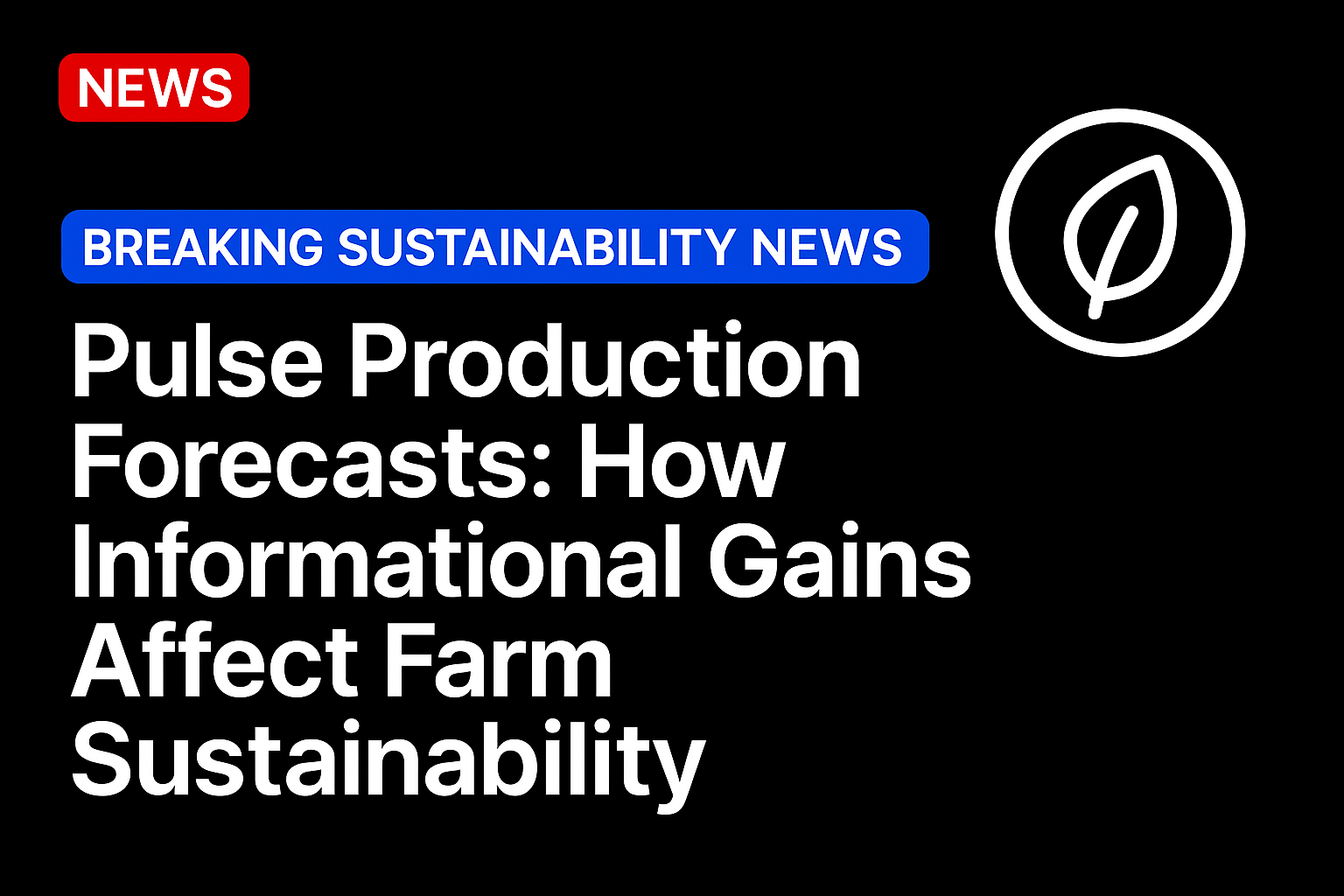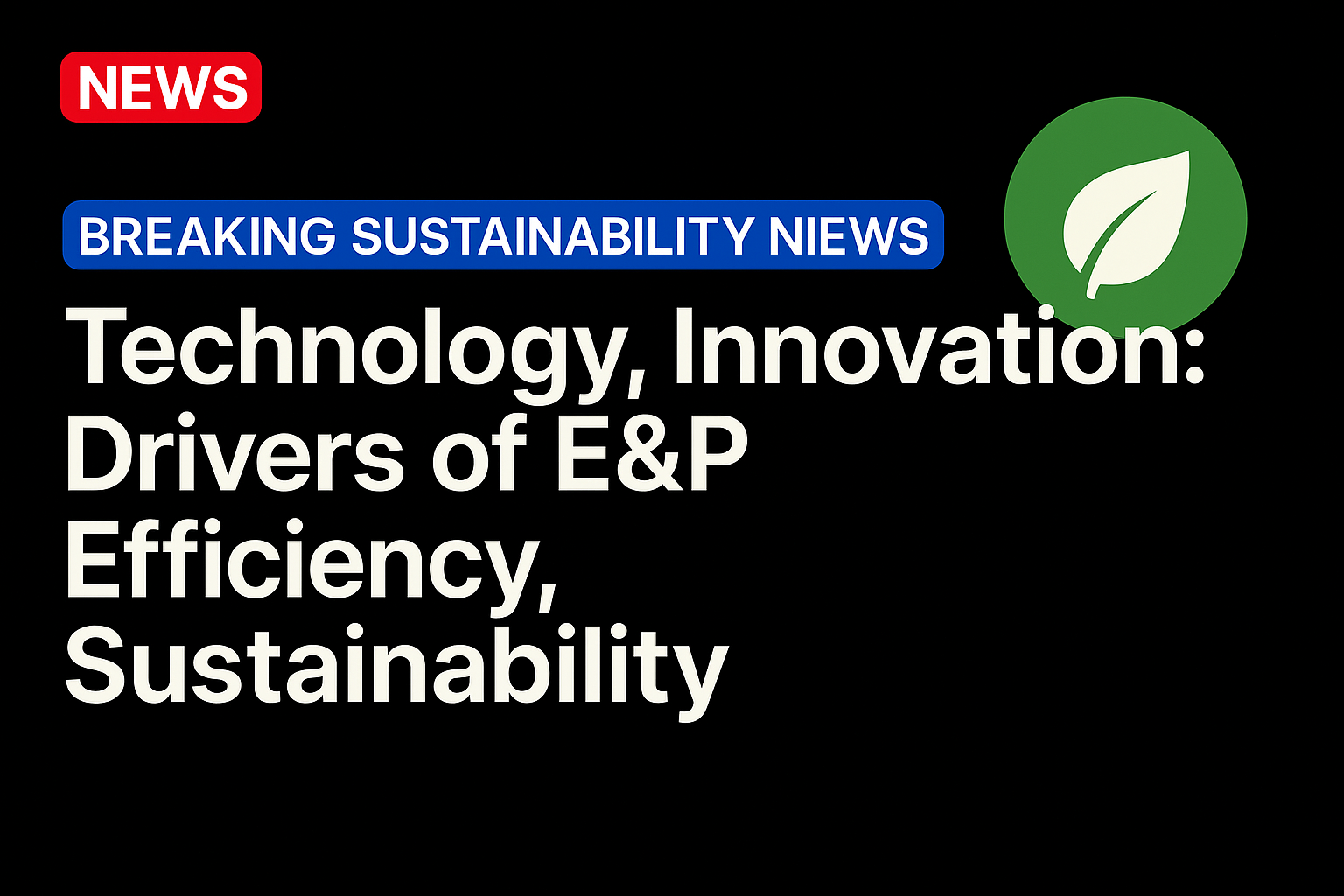By 2050, the world’s population will exceed 9.7 billion, and thus food security and sustainable agriculture will be the hour of need. In India, where pulses such as lentils, chickpeas, and beans are a part of the national cuisine, economics and climate change are increasingly rendering the cultivation of pulses uncertain. Farmers are faced with scenarios that vary from erratic weather patterns to fluctuating market prices, each of which has a deep impact on crop production and financial security.
Agriculture has never been exempt from climate variability; however, the recent variability in temperature, rainfall, and extreme weather has increased the stakes for farmers. Drought and unseasonal rains have upset sowing timings, reduced the fertility of the land and increased crop failure. These issues are compounded by India’s population, which is increasing very rapidly and therefore increases the demand for pulses but puts pressure on the scarce resource of cultivable land.
With increasingly unpredictable climatic trends and demand for food continuing to increase, predictive analytics becomes a game-changer that will assist farmers and policymakers in cutting through ambiguity. By combining climatic trends, population growth rates, and fluctuations in market prices into predictive models, scientists can develop actionable solutions that maximally optimize pulse production.
Recognizing these challenges, Chennaiah Madduri and his research team began to develop a predictive analytics system that takes into account a range of variables like climate patterns, population growth rates, and pulse market prices, to make production forecasts more precise. He combines his experience in data science, climate analytics, and agriculture modeling to revolutionize India’s approach to future food production.
This data-driven approach blows away the traditional agricultural forecasts, which are often based on historical trends, and instead uses machine learning models to precisely capture real-time shifts in the environment and the economy.
“Farmers don’t need predictions; they need accurate, data-based plans to make informed decision-making,” says Chennaiah. “By combining climate projections with market trends, we can help make pulse production stable, profitable, and resilient to environmental change.”
Building a good predictive model requires a deep understanding of various related factors. Climatic change influences rainfall and temperature variations, while population growth determines food demand and pricing mechanisms. At the same time, changing market forces, including global trade policies and inflation, greatly influence the degree to which farmers can grow and sell their produce.
To tackle such complexities, Chennaiah and his team applied machine learning models such as Linear Regression, Support Vector Machines, Decision Trees, and Random Forest models to forecast pulse yields in different environmental and economic scenarios. They did this by gathering and analyzing big data from meteorological reports, past pulse production history, and real-time market price indices.
Applying these models, the researchers found that rainfall variability accounts for almost 40% of the variability in pulse yields, and that market price volatility directly affects the area of pulse farming. These findings indicate the need for precautionary actions, such as improved irrigation and more price-sensitive pricing, to guard farmers against shocks.
Apart from theoretical studies, Chennaiah’s research has real-life applications that can be utilized by farmers and agricultural policymakers. The models developed in this research enable real-time crop guidance using weather forecasts, soil moisture, and expected market prices, thus enabling farmers to make decisions on the best time to plant, how much to plant, and where to sell their crops for maximum profit.
“Insights developed from data can strengthen the power of farmers by minimizing uncertainty and diminishing risk,” says Chennaiah. “If a farmer is given early warning about the likelihood of drought, the farmer can alter the sowing schedule, implement drought-resistant varieties of pulses, or rationalize irrigation practices accordingly.”
Even though climate change is a serious long-run issue, prudent policy intervention facilitated by data-driven estimations can reduce its impact on pulse production. One of the most important findings that can be derived from Chennaiah’s work is the need for region-specific agricultural policies considering climatic and economic conditions.
For instance, Madhya Pradesh, Rajasthan, Maharashtra, and Uttar Pradesh together produce more than 90% of India’s pulses. Yet, each of these states experiences distinct weather and soils. Chennaiah’s forecast models give policymakers state-level, detailed information that can drive resource allocation, irrigation planning, and subsidy distribution.
Through machine learning findings, policymakers can craft climate-resilient farm strategies, including promoting drought-resistant pulse crop varieties in regions with unstable rainfall. Dynamic MSP with real-time market data and investment in precision farming technology aimed at optimizing water and fertilizer use efficiency can be key to stabilizing the agricultural economy.
Besides government actions, the predictive statistical models can be useful for agro-business firms and financial institutions. With precise production level and price trend forecasts, the banks can provide farmers with better risk-analyzed loans, and the suppliers of food can optimize their procurement and distribution networks.
As the world continues to demand food, the requirement to provide secure and efficient agriculture production has never been more important. Chennaiah’s research in predictive analytics does more than make basic numerical forecasts; it aims to arm farmers, policymakers, and agribusinesses with the resources needed to chart a course in an agricultural system that is growing more unpredictable.
With advancements in AI and data science, the future of pulse production might become increasingly automated and accurate. With real-time satellite imaging, IoT soil monitoring, and supply chain analysis based on AI, the agriculture industry can create an entirely digital environment that enables farmers to predict risk, propel yield, and propel profitability with unmatched accuracy.
“Technology is no longer a peripheral element in agriculture,” Chennaiah states. “To construct a food system that will nourish the next generation, we must embrace data-driven methods that increase the resilience, predictability, and efficiency of agriculture.”
As India moves toward a greener and more food-secure future, the integration of predictive analytics into pulse cultivation strategies can be a game-changer. With visionaries like Chennaiah Madduri leading the way, the agricultural community is moving swiftly toward the adoption of technology for smart and sustainable agriculture.
Source: netnewsledger.com/




